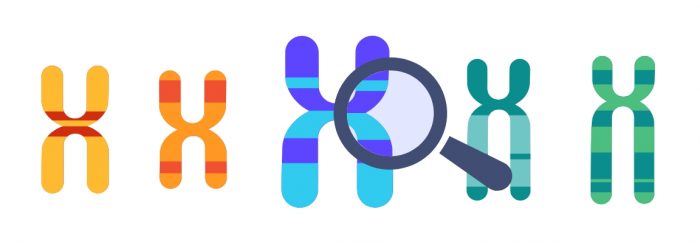Neanderthals (Homo neanderthalensis) are species of the genus Homo that lived in Europe, the Near East, the Middle East and Central Asia during the Paleolithic period, that is, about 230,000 years ago.
Several studies confirm that this species coexisted with Homo sapiens for many years, so that crossovers occurred between them.
What were the Neanderthals like?
Neanderthals were characterized by a body adapted to the freezing cold, short in stature (1.65 meters tall) and robust (70 kg in weight). It is suspected that, thanks to their rib cage, they were much stronger than Homo sapiens, and their nose gave them a highly developed sense of smell.
Their diet was very diverse and they adapted to their environment easily, since they could eat from fish, seals, birds, turtles, mollusks to a high percentage of vegetables.
The data of the last Neanderthal man date from approximately 28,000 years ago, in the south of the Iberian Peninsula. Although the reasons for their extinction are unknown, everything points to the expansion of Homo sapiens and/or a change in climate.

Are there traces of Neanderthal DNA in modern humans?
The crossover that occurred between Neanderthals and humans is obvious, as it is reflected today in the expression of our genes. Many current European, Asian and African populations have between 1% and 4% of their Neanderthal DNA, which can vary according to the continent. In other words, Neanderthal DNA exists in modern humans.
A study published in the journal Cell shows that there are Neanderthal DNA sequences that still influence gene activation in modern humans. And according to several geneticists, these may contribute to traits such as height and genetic predisposition to diseases such as schizophrenia or lupus.
What is the use of knowing my percentage of Neanderthal DNA?
Another of the characteristics that Neanderthal DNA would provide us with in humans would be to give us protection against certain viruses. Using a very complete database, it has been able to detect that on chromosome 12 there are haplotypes inherited from Neanderthals, which are associated with high immunity activity, since this region of Neanderthal DNA codes for proteins that are very important for attacking the genetic material in RNA format of a virus during infection.
A recent study investigated whether the severity of Covid-19 symptoms could be reflected differently in populations depending on their Neanderthal DNA, and indeed, significant results were seen. In short, having severe Covid-19 could be highly correlated with the percentage of Neanderthal DNA contained in your genetic material.

How Neanderthal are you?
As you have been able to read, according to your Neanderthal DNA you could have more genetic predisposition to suffer from certain types of diseases or, even, to be more resistant to them. Or maybe it is the reason for your physical and/or biological characteristics… So, do you dare to know how much Neanderthal DNA you have in your genes?
This service is already available at tellmeGen DNA tests, so all you have to do is follow one of the following procedures:
- If you have already purchased a tellmeGen test, in one of the next uploads and result updates that you will receive in your email, we will notify you that this new information is already available and you will be able to consult it completely free of charge.
- If you have not yet purchased your tellmeGen genetic test, now is the time to join our family! Purchase your DNA test now and get information on Neanderthal DNA percentage, as well as on the more than 440 characteristics about you that we offer along with free result updates.
Sources:



